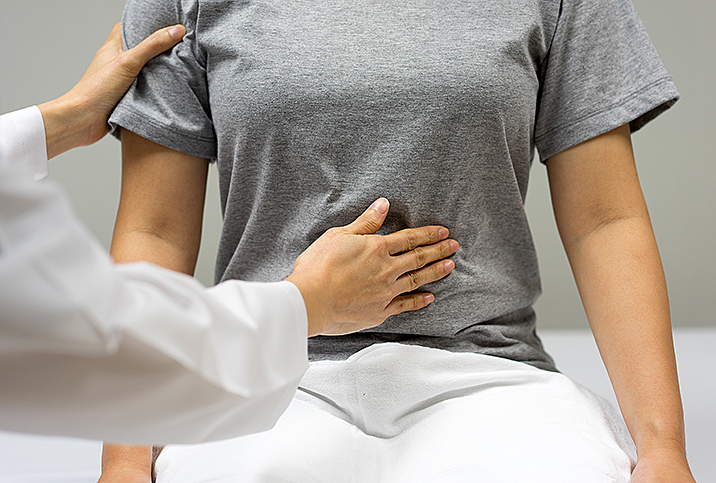Exercise Safely with Endometriosis

If you've been diagnosed with endometriosis, you may be nervous to participate in activities that could exacerbate your symptoms. The good news is that many types of exercise are safe with endometriosis and can even help reduce inflammation, increase the release of endorphins, and alleviate fatigue and grogginess.
What is endometriosis?
Endometriosis is a chronic reproductive condition characterized by the growth of uterine tissue, called endometrium, outside the uterus—most often in other reproductive organs, such as the fallopian tubes and ovaries. However, in severe cases, it can affect organs outside the reproductive system.
It can cause intense pain and excessively heavy bleeding during your period, as well as infertility.
While most symptoms from endometriosis are contained to the reproductive system, fatigue and bloating are common, as are gastrointestinal difficulties. Fortunately, with proper diagnosis and treatment, endometriosis can be controlled and symptoms eased.
How does exercise help endometriosis?
Not only does exercise improve overall health, it can also help manage the symptoms of endometriosis by reducing estrogen levels and alleviating inflammation. Exercising at moderate intensity can help increase the range of motion in the pelvic girdle, as well as relieve cramping in the pelvic floor.
Digestive trouble common to endometriosis can also be improved through increased blood flow and oxygenation, alleviating pain and bloating from constipation. Working out has also been shown to improve mood swings connected to depression and anxiety commonly experienced by endometriosis patients. Plus, exercise has been shown to reduce general fatigue, which endometriosis patients often feel.
What kind of exercise should you do?
The type of exercise an "endo" patient should engage in depends on the severity of their symptoms and personal preferences. While it is safe to engage in most types of exercise, some activities may exacerbate symptoms of endometriosis. For example, movements such as crunches and high-impact activities like running or high-intensity interval training may worsen symptoms.
It's best to start slow and focus on stability and flexibility. Programs such as Pilates and yoga are excellent choices to stabilize the core and hips, as well as stretch the muscles surrounding the pelvic girdle. Other stabilizing exercises such as pelvic tilts are also recommended.
If you're feeling lost, a personal trainer or physical therapist who specializes in pelvic pain can help you get started.
Help through movement
Endometriosis is a painful and stressful inflammatory condition, but with the help of simple exercises, it does not have to take over your life. Stick to slow movements aimed at stabilizing and stretching the muscles surrounding the hip girdle and you will begin to feel much better both physically and mentally.
It is important to speak to your doctor or physical therapist before engaging in a new exercise routine, but once you've been given the all-clear, don't let endometriosis stand in the way of your health and happiness.

















